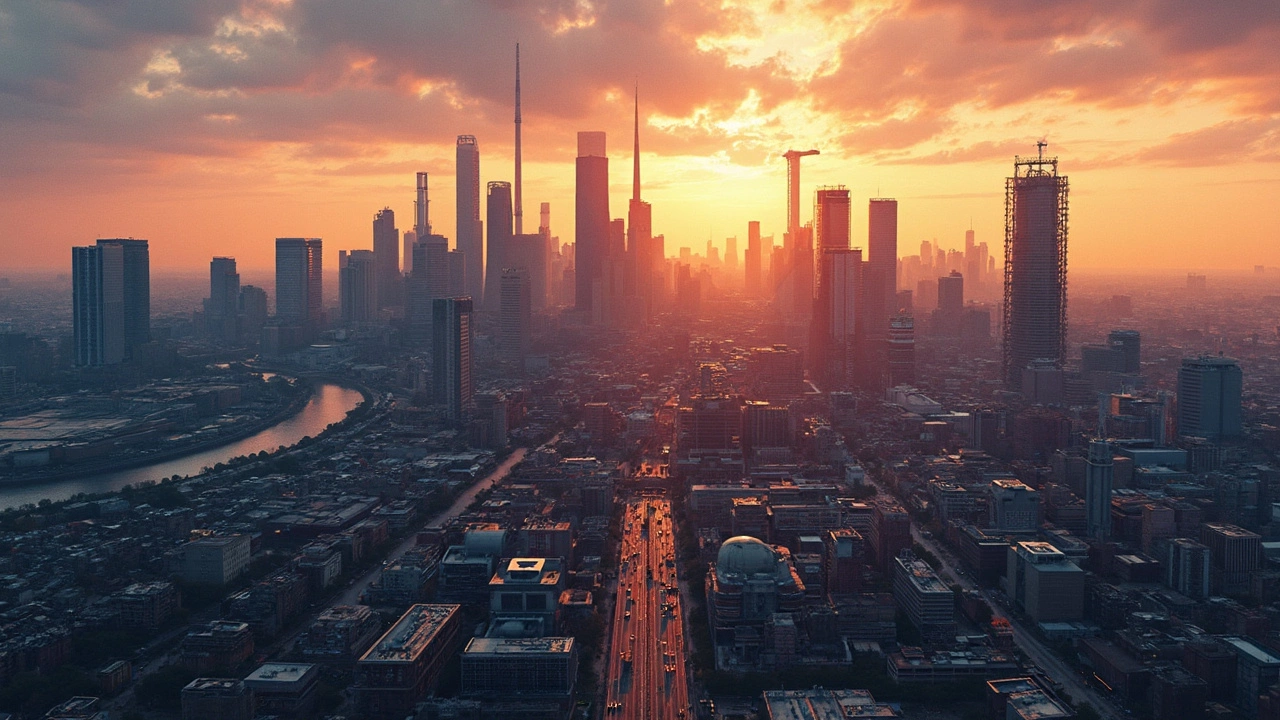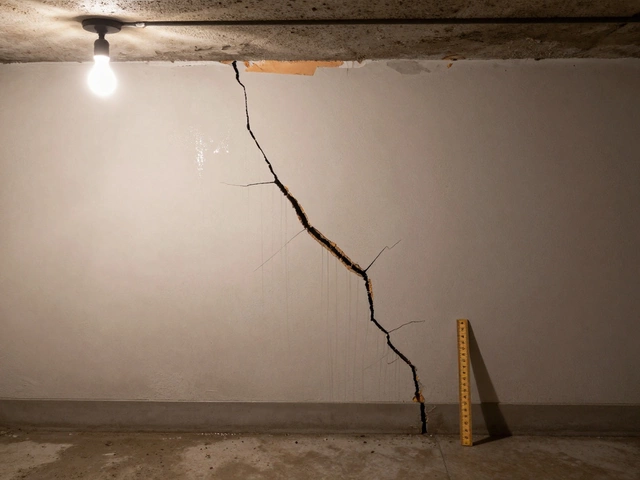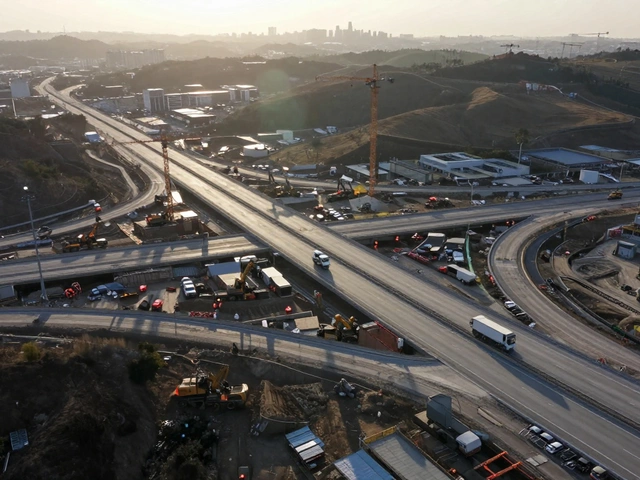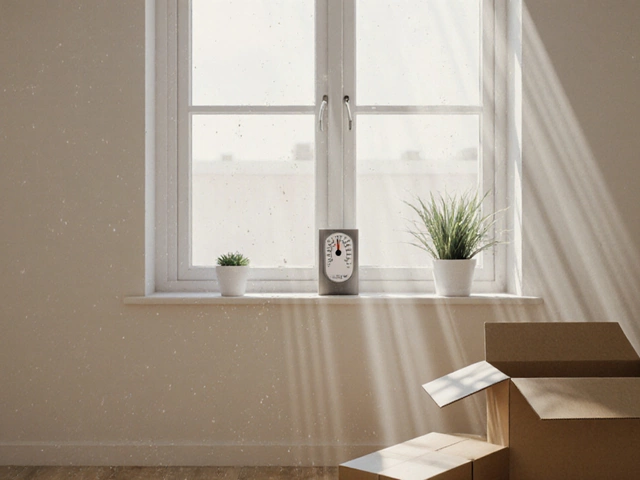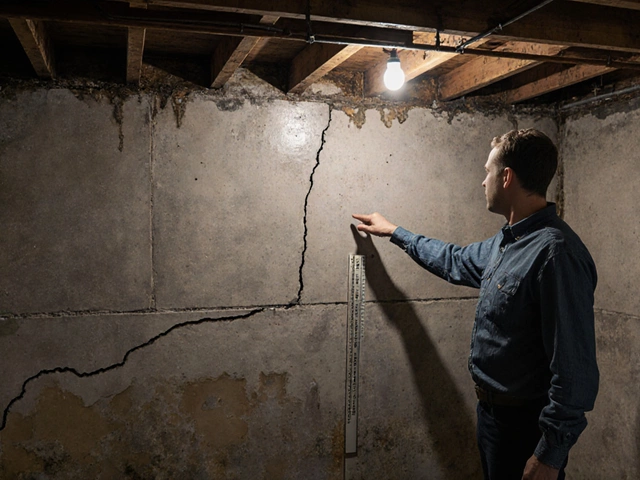Have you ever wondered why some buildings look like they're bustling with activity while others seem like giant factories ready to rumble? That's the world of commercial and industrial construction for you! Though they might look similar at a glance, these two types have distinct roles. Commercial construction is all about spaces where businesses operate, like that fancy restaurant downtown or the new shopping mall. Industrial construction, meanwhile, focuses on large-scale facilities where goods are manufactured or stored.
So, why does this matter? If you're planning a construction project, knowing the difference is crucial. Think about it: the design, materials, and even regulations can vary greatly between the two. Commercial buildings usually have to cater to customer foot traffic, comfort, and aesthetics. In contrast, industrial facilities need to focus on functionality, durability, and efficiency. Each choice impacts your project's success, so let's dive deeper and make sure your next build is spot-on!
- Defining Commercial Construction
- Understanding Industrial Construction
- Key Differences
- Common Materials Used
- Tips for Choosing the Right Contractor
Defining Commercial Construction
Alright, so what's the deal with commercial construction? Simply put, it's all about creating spaces where business happens. Think about all the places you spend money—restaurants, hotels, shopping centers, and office buildings all fall under this category. The goal is to design spaces that are not only functional but also inviting for customers and clients.
One of the key aspects of commercial construction is the focus on customer experience. You're not just building a structure; you're creating an environment. Take retail spaces, for example. They need to have open layouts that flow naturally to direct foot traffic effortlessly. Or consider office spaces—they're often designed with open floor plans, collaborative areas, and maybe even a few funky breakout spots to encourage creativity.
Now, here's a cool fact: projects in the commercial construction sector are huge contributors to urbanization. Picture this, in 2023, global commercial building construction accounted for nearly 30% of the total construction market! That's some serious influence on city landscapes.
Materials and Techniques
In terms of materials, commercial buildings often make use of steel and concrete due to their durability and flexibility. Glass facades are pretty popular too, creating that sleek, modern look that everyone loves. But it's not just about looking pretty; these materials often contribute to energy efficiency which is a huge deal in today's eco-conscious world.
Planning and Development
Another layer to this is planning. Commercial construction projects usually involve a bunch of stakeholders—from property developers to architects, and even city planners. It's like putting together a puzzle, where everyone's piece needs to fit just right. Zoning laws, building codes, and access to utilities also play a big role in shaping these projects.
All in all, commercial construction is complex and dynamic. But isn't that part of what makes it exciting? It’s all about creating spaces where the magic of business meets human needs.
Understanding Industrial Construction
When we talk about industrial construction, we're diving into a world that powers our everyday lives, even if we don't always see it up close. Think massive factories churning out cars, warehouses storing products before they hit the shelves, or power plants keeping cities illuminated. They're all part of a huge puzzle working behind the scenes to keep everything running smoothly.
So, what sets industrial construction apart? First off, it's usually about building structures for production or storage. We're talking factories, plants, refineries, and the like. The stakes are higher here because these projects often support large-scale operations.
Key Components of Industrial Construction
Industrial construction projects generally involve:
- Technical Precision: Everything has to fit just right. Equipment needs to be installed perfectly, and every measurement is crucial. It's about creating a space where efficiency reigns supreme.
- Durability and Functionality: These buildings endure heavy use and often contain complex machinery. They need tough materials that can stand the test of time and labor.
- Safety Regulations: Safety is more than just a priority; it's a fundamental part of the planning. Building codes and safety standards are strictly observed to protect workers and surrounding communities.
Trends in Industrial Construction
Technology is really changing the game here. Things like automation, robotics, and the Internet of Things (IoT) are making these spaces smarter and more efficient. The focus is on making buildings that can adapt and evolve with new tech without constant overhauls.
Here's a quick look at a recent study on industrial construction:
| Year | Investment in Industrial Construction (Billion $) |
|---|---|
| 2022 | 389 |
| 2023 | 402 |
| 2024 | 420 |
As you can see, the investment in industrial projects keeps climbing, showing just how crucial this sector is. At the end of the day, whether you're setting up a new plant or expanding a warehouse, understanding the ins and outs of industrial construction is vital for making smart choices.

Key Differences
When it comes to commercial construction versus industrial construction, there are a few key differences that can really shape a project from start to finish. Understanding these differences is important for anyone diving into a building project.
Purpose and Functionality
The primary goal of commercial construction is to create spaces where businesses engage directly with customers. Think shopping centers, office buildings, restaurants, and hotels. These structures are designed with aesthetics and customer experience in mind.
Industrial construction, however, serves a different purpose. Its focus is on building facilities like factories, warehouses, and power plants. These buildings are all about supporting intensive, often large-scale production processes. So, the design tends to prioritize functionality and efficiency over appearances.
Design and Materials
In commercial construction, design often leans toward modern architecture with attractive facades. Materials are chosen for their looks as well as utility—like glass to bring in natural light.
Industrial buildings are constructed with durability in mind. Materials like steel and concrete are common as they can withstand the heavy operations inside. These buildings might not be as pretty, but they're built to last!
Regulations and Compliance
Both types of constructions must adhere to regulations, but there can be significant differences in what's required. Commercial buildings have to comply with codes focusing on safety and accessibility for public use. Fire exits, elevators, and disability access are part of the checklist.
Industrial sites face regulations related to environmental impact, safety on the production floor, and handling of hazardous materials. Meeting these standards is crucial for operation and often requires specialized knowledge.
Cost and Project Timeline
It's no secret: costs for commercial construction and industrial construction can differ widely. Commercial projects may need more finishes, like flooring and fixtures, driving up costs. However, they often have shorter timelines given the focus on speedy commerce.
Industrial projects can be expensive, too, especially when it comes to installing specialized equipment. These projects might take longer due to the complexity of integrating technical systems.
Flexibility and Adaptability
Commercial buildings often need to be adaptable to changing business needs. A retail space may later become a restaurant, so flexibility in design is key.
In contrast, industrial buildings are much more specialized. Changes often require significant modifications, which can be costly and time-consuming.
Common Materials Used
When it comes to commercial construction, materials play a crucial role in defining the look and durability of the building. You're likely to see a lot of concrete, steel, and glass in commercial settings. Concrete is a favorite because it's strong and lasts long, perfect for everything from foundations to walls. Steel beams often frame the structure, providing flexibility and strength, while glass gives modern buildings that sleek, inviting look.
Materials in Industrial Construction
In the world of industrial construction, materials shift slightly to prioritize functionality. Here, durability is king, so steel and reinforced concrete are used extensively. Industrial sites often require materials that can withstand heavy machinery, high temperatures, and other challenging conditions. Metal cladding is popular in industrial settings because it's lightweight, sturdy, and resistant to corrosion—the perfect trifecta for any warehouse or factory that's housing equipment and raw materials.
Why It Matters
Choosing the right materials makes a huge difference, not just in construction cost but also in how a building performs over time. For commercial spaces, aesthetics combined with durability can attract more customers and provide a comfortable environment. In contrast, industrial buildings need materials that stand the test of heavy-duty use.
Quick Tips
- Consider the end-use of the building when selecting materials.
- Think about future maintenance and the impact of weather conditions.
- Balance between aesthetics and practicality based on your project needs.
Each of these choices can impact how successful your construction project turns out. Being mindful of the materials used can save a lot of headaches down the road, both financially and operationally.
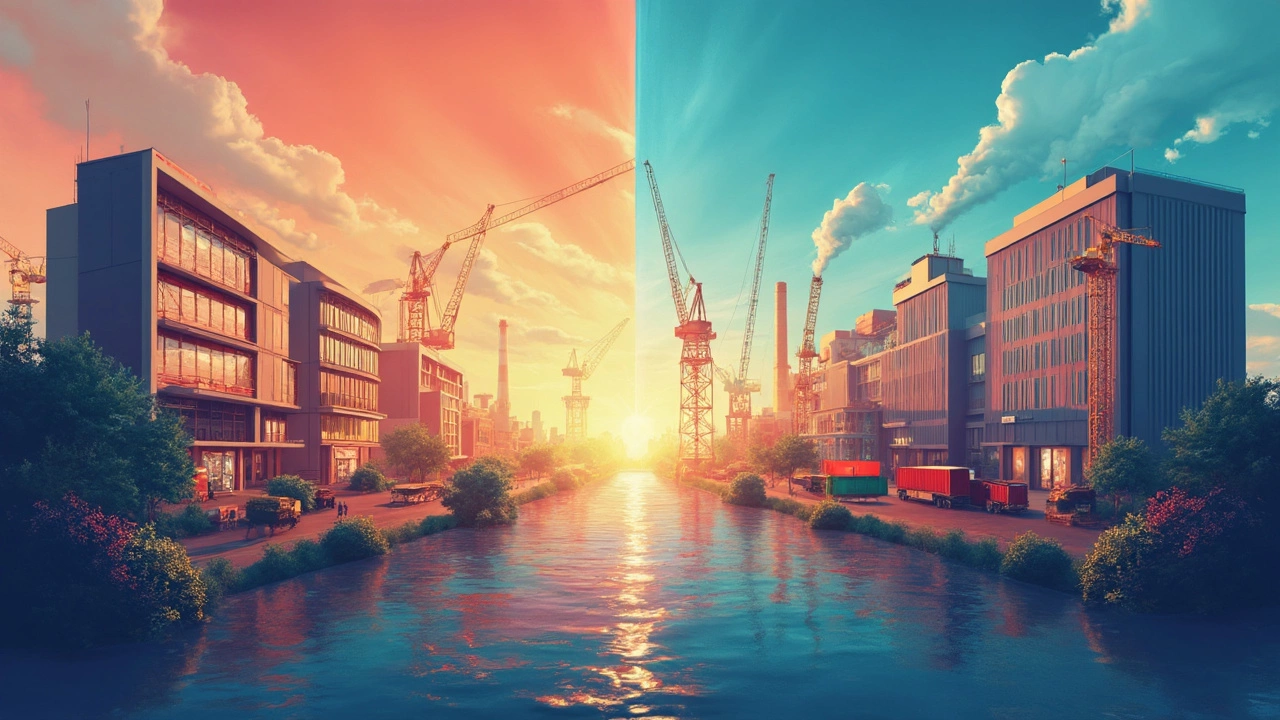
Tips for Choosing the Right Contractor
Finding the perfect contractor for your commercial construction or industrial construction project might feel like searching for a needle in a haystack, but it doesn't have to be. Let's break down some tips that can help you make the right choice, ensuring your project is in capable hands.
1. Look for Relevant Experience
Start by checking if the contractor has experience in your specific type of project. Whether it's a retail store, office building, or manufacturing plant, having a track record in similar projects means they'll understand the unique challenges and requirements.
2. Verify Licenses and Insurance
Legit contractors should have the necessary licenses and insurance. This protects you from potential liabilities and ensures they're recognized by local authorities. Always ask for proof before committing.
3. Check References and Reviews
Just like reading reviews before buying a product, you want to hear past clients' thoughts. Reach out to references provided by the contractor or search for online reviews. It provides valuable insights into their workmanship and reliability.
4. Evaluate Communication Skills
Good communication is key to any successful project. Pay attention to how promptly they respond to your inquiries and how clearly they explain their processes. It will help set expectations and avoid misunderstandings down the road.
5. Get Detailed Quotes
A detailed quote helps you understand what you're paying for and can prevent surprise costs later. Make sure it clearly outlines labor, materials, timeline, and any other potential expenses.
6. Trust Your Instincts
Finally, trust your gut feeling. If something doesn’t feel right or if you’re getting pressure to sign quickly, it might be wise to continue your search. It's your project and investment, so it should feel right from start to finish.
